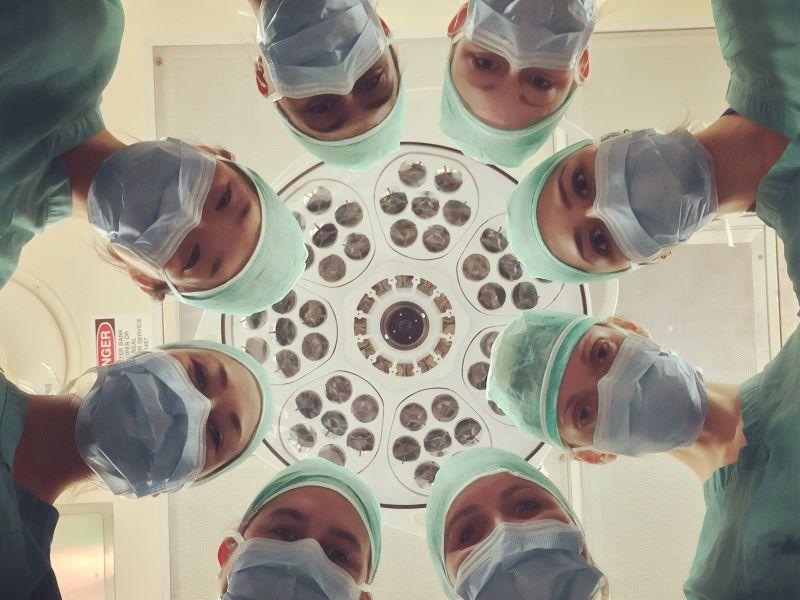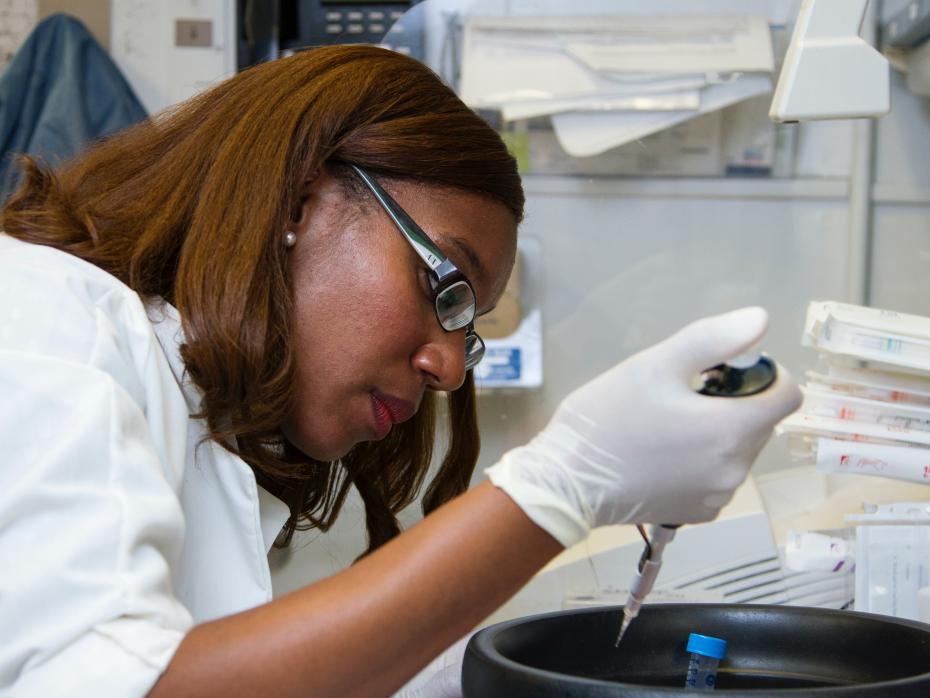In this multimedia article we will introduce a new model of teaching and learning at the Yong Loo Lin School of Medicine, National University of Singapore: the Collaborative Learning Cases. In short, CLCs.
We will share the rationale, process of developing the approach and key feedback. One of the common problems in the medical curriculum is that medical students have poor understanding of clinical medicine due to the inability to apply basic concepts to clinical practice.
This is largely due to some curricula having a didactic teaching pedagogy with a teacher-centric and discipline-specific format, and there was also content overload. At the Yong Loo Lin School of Medicine, National University of Singapore, we introduced the CLCs to facilitate integration and collaborative learning as a solution to the problems.
The aims of CLCs include to integrate basic sciences with clinical sciences; to allow students to better understand their relevance; to promote deeper learning; to train their skills including collaboration, respect, leadership and communication; to encourage self-directed learning.
CLCs also serve as the capstone to align the lectures, tutorials, simulations and practical sessions. In this section we will share the stakeholders involved in developing the CLCs, key milestones, current format of CLCs and the lesson flow.
Stakeholders involved in developing the programme included the CLC committee, which identifies the topics, then the case writers develop the cases. The case writers are chosen from curricula system-based work groups. The cases are then sent to the CLC committee for final review and vetting.
The education technology team, in short edutech, helps to integrate technological tools in CLCs. Once the cases are finalised, for each case the tutors are selected and all tutors undergo a workshop on facilitator training.
Then prior to the CLC, the assigned facilitators will have a briefing by the case developers in a CLC session. And pre-clinical and clinical tutors will collaborate using a case for a two-hour lively discussion with the students.
Each class typically has 30 students divided into five groups. Prior to a CLC session, students will complete the pre-reading and pre-quiz.
During the CLC, a case will be shown using several short snippets of videos and shared in a sequential manner to facilitate discussion, and to strengthen student clinical reasoning abilities a series of high-order thinking questions are designed for them.
Tutors will be there to scaffold and facilitate the entire session.
“For example, you could, that sounds like an event, but I'm not sure whether this is the event here, but that sounds like an event. And then these are the ideologies of the event that you're saying.”
“On the right, so which side? Okay. Could you put this down? Could you bend like this? Okay I will pull, you pull in with mine.”
A post-quiz was conducted to identify misconceptions and to reinforce the gaps. In this slide, we will share that the CLCs have undergone several rounds of changes before it reached the current state.
The timeline shows the key changes. Notably, the programme was expanded to year three students in 2019. The classroom response system has changed several times before the more user-friendly Poll Everywhere was chosen for the current format.
During Covid-19 CLCs were run entirely online, conducted via Microsoft Teams. To ensure the maximum benefits that the students will gain via this approach, several cycles of evaluation were conducted.
A survey was administered to the students and tutors involved to obtain their views on CLCs during the pilot phase. We will first look at the strengths of the CLCs. Overall, the majority of the students and tutors agreed that the CLCs are useful for learning and they enjoy it.
Here are some of the comments from the students. Now we’ll move on to look at the soft skills such as interaction and communication between the students and tutors. Here are some of the comments from the students.
Finally, let’s take a look at the limitations we observed during the CLCs, which were many logistic challenges. First, it was difficult to find sufficient venues for the classes, as the lessons were long with many concurrent sessions and the space needed to be big to display the TV screens.
Second, identifying the right teachers, especially the clinical tutors whose clinical duties were packed, was challenging.
In summary, we have described the rationale and process of developing CLCs as well as the strengths and limitations.
In short, CLCs help students to better understand the relevance of basic sciences by integrating it with clinical sciences, encourage deeper adult learning and promote collaboration and communication.
Our future plans for the current CLC include consistently updating the cases to ensure relevance; moving to online platforms completely using Microsoft Teams or Zoom; developing clinical CLCs focusing on clinical management and community management of cases; spiralling of learning from preclinical to clinical; CLC in the clinical years evolving into a virtual reward round around a case, example Covid-19 situation.
We hope that what we have shared will be useful to other schools looking to better integrate their content or promote active learning. Thank you.
This video originally formed part of a multimedia journal article “A new model of teaching and learning approach – Collaborative learning cases activities” in the Asia Pacific Scholar.
This video was authored and produced by Dujeepa Samarasekera, Shuh Shing Lee, Yih Lin Lim, Chee Yen Ang and Su Ping Yeo, all based at the Centre for Medical Education, Yong Loo Lin School of Medicine, National University of Singapore; Bettina Lieske of the division of colorectal surgery, department of surgery, National University Hospital, Singapore; Derrick Aw of the department of general medicine, Sengkang General Hospital, Singapore; and Dow Rhoon Koh of the department of physiology, Yong Loo Lin School of Medicine, National University of Singapore.




comment